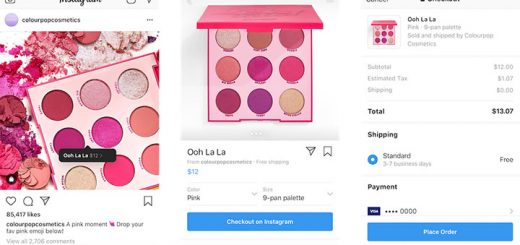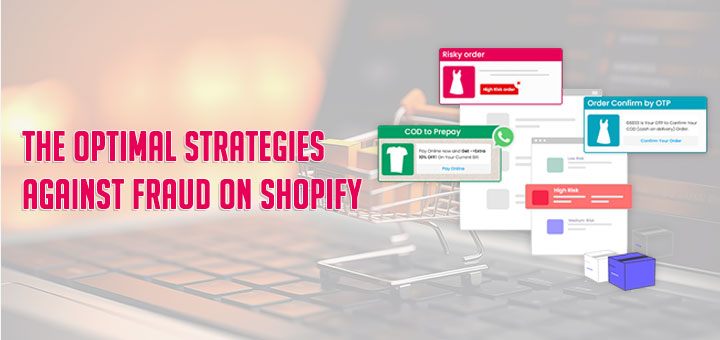Google and Shopify Will Collaborate To Expand New Directions of Ecommerce
Google and Shopify will collaborate to expand new directions of e-commerce, becoming a new key competitor of Amazon. Google will expand the partnership with 1,7 billion sellers of Shopify, therefore they could simplify the processes of introducing new products and helping users exploring Google’s mobile-first browsing tools.
Let’s review the key points from Google’s President of Commerce and Payments, which Mr. Bill Ready shared at the tech giant’s annual I/O developers conference.
The new advances of Google
1. Google reveals Shopping Graph technology:
Shopping Graph is a full data monitoring technology that rotates around Google’s market (include product information, sellers, brands, reviews, and stocks). This is also an attractive application for advertisers as it provides in-depth analyses based on the above data).
2. Google Lens: A desirable search tool
The upgraded version of this app is expected to allow customers to directly find the products that appear in the photos with full/ ample information such as its brand, place, seller, price, and material…
3. Reducing cart abandonment rate
A new module integrated right on the Chrome browser will “remind” customers about the carts created on e-commerce websites. This would be an ideal method to reduce cart abandonment and increase website return rates.
4. Synchronizing loyal customer accounts
Google also plans to synchronize loyal customer accounts to their Google accounts. This will help customers when they pay because Google automatically offers attractive promotions in accordance with the buyer’s account.
What will Google contribute to sellers on e-commerce platforms eventually?
From April 2020, Google removed the policy of charging for listing products on Google Shopping. As a result, the number of sellers has increased by 80%. With the aim of supporting small and medium sellers, it is expected that Google will not start charging this listing fee in the near future. In fact, sellers are showing signs of “getting fed up” with Amazon when the cost to pay on this platform accounts for 25% of the value of each order, excluding advertising costs. In addition, communication between sellers/ service providers and their customers on Amazon has not been optimized yet. Google wants to alter this issue and foster the potentials of all sellers involved.
How will Shopify benefit from being combined with Google?
Having a successful/close partnership with Google means that Shopify sellers can put and advertise their products on this search engine and the Shopping Graph extremely easily. This, consequently, is bound to yield higher sales and further cost savings.
Conclusion
With optimized search engines and the e-commerce market from Google, there will be a wide range of opportunities for the pioneering sellers to change the way they advertise, taking advantage of social media channels to promote more strongly for your stores. So far, Google has had a very good year in advertising with online revenue a growth of 32% in the first quarter of 2021. Of which, retail marketing is the segment that contributed the most to this increase thanks to the fact that many brands have proactively opted for omnichannel order processing procedures via various Google Search platforms.
If intending to use their recent successes as a springboard for further development, Google is expected to maintain a compatible growth rate with the corresponding ones of such tycoons as Facebook and Amazon.








